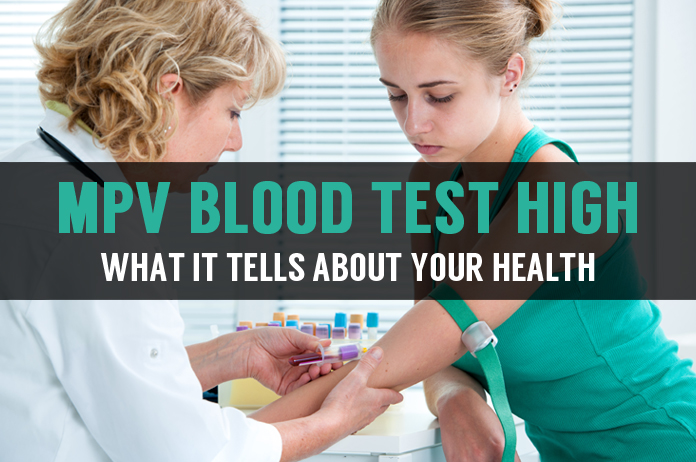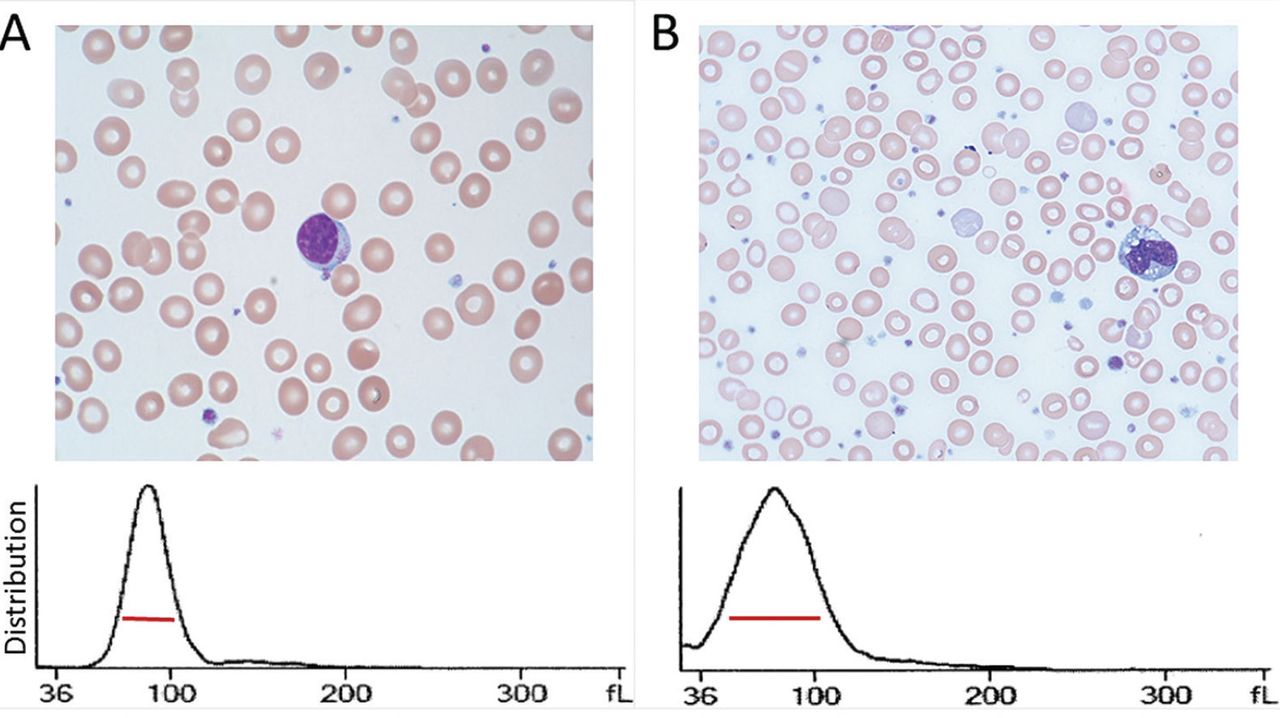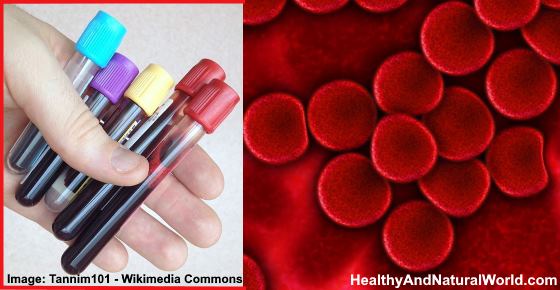
The matrix sends out strong signals which stimulate platelets to become activated and adhere to each other. The ability of the body to naturally stop the flow of blood is called haemostasis, abnormalities, however, can cause haemorrhage or blood clots to occur. However, when a blood vessel is injured the endothelial cells are lost and the subendothelial matrix is exposed. Usually blood vessels are lined with special cells called endothelial cells. Upon the discovery of injury to a blood vessel, platelets interact with the subendothelial matrix. So, if there is a wound, the platelets will work together to naturally stem the bleeding and clot the blood, preventing blood loss. Platelets travel in the blood searching for any problems in structural integrity. They have no nucleus so are called anucleate cells. Platelets are also called thrombocytes and their main function is to react to bleeding in the body by sticking together to initiate a blood clot and ultimately, stop the bleeding. This sticking together causes the machine that reads your blood to read your blood as having fewer platelets than it actually does.Blood contains three main components, red blood cells, white blood cells and platelets. Occasionally, you could get a false result from the MPV test if your platelets stick together. What factors could contribute to a misreading from my MPV test? There is very little that can go wrong in this test - and at most, you might feel some pain and have minor bruising from where your provider collects a blood sample. Your provider will take a small blood sample from one of your veins and then put the sample in a tube or vial. MPV tests are relatively non-invasive and quick. What should I expect for the actual test? In that case, you may have to fast or limit your water intake. However, your healthcare provider might be doing more than just an MPV test on your blood. There are no special requirements that you need to prepare for when you get an MPV test done. Some of these symptoms that will prompt your doctor into giving you a CBC and MPV are: However, there are some occasions where you may be showing specific symptoms that require more immediate testing. This test is called a complete blood count or CBC and is a fairly routine exam. Your MPV test will be a part of a broader test that will give you a lot of information on the makeup of your blood. Usually, your doctor or healthcare provider will know when you need an MPV test. This is a procedure in which the platelets are artificially separated from the blood to regulate the mean number of platelets. In its most severe form, it is treated by something called platelet pheresis. These blood clots can lead to heart attacks and stroke. Thrombocytosis can be very dangerous and lead to blood clotting at any moment in the limbs. Typically, secondary thrombocytosis is treated by treating whatever is causing it. It can be caused by cancer, inflammation, infection, bone marrow disease, or anemia (a deficiency of red blood cells).

Secondary thrombocytosis is medically the same as primary thrombocytosis but is caused by some other condition or disease. This condition is relatively mysterious, and its causes are not known.

Primary thrombocytosis is when abnormal cells get into bone marrow and increase the production of platelets. There are two types of thrombocytosis: primary and secondary. Thrombocytosis is when the mean number of your platelets within your blood is higher than average.

Thrombocytopenia means that your body has trouble making enough blood clots to help you guard against injury or impact. If your MPV test shows that you have a platelet count of under 150,000 per microliter of blood, that means you have thrombocytopenia. Thrombocytopenia and thrombocytosis are two possible conditions that a low or high MPV could be a sign of. However, if it falls under 150,000 or above 450,000, that could suggest that you have a health problem. If your platelet count is within that range, that may show that you have an average amount of platelets.

Mean Platelet Volume (MPV) tests show the mean number of platelets you have in your blood What Do Mean Platelet Volume Tests Test?Ī healthy platelet count is between 150,000 to 450,000 platelets per microliter of blood. However, having too many or too few platelets in your blood can cause severe issues. Platelets respond to the body’s signal that any part of the body is harmed and help create blood clots to stop bleeding. They are shaped like literal plates when non-active.


 0 kommentar(er)
0 kommentar(er)
